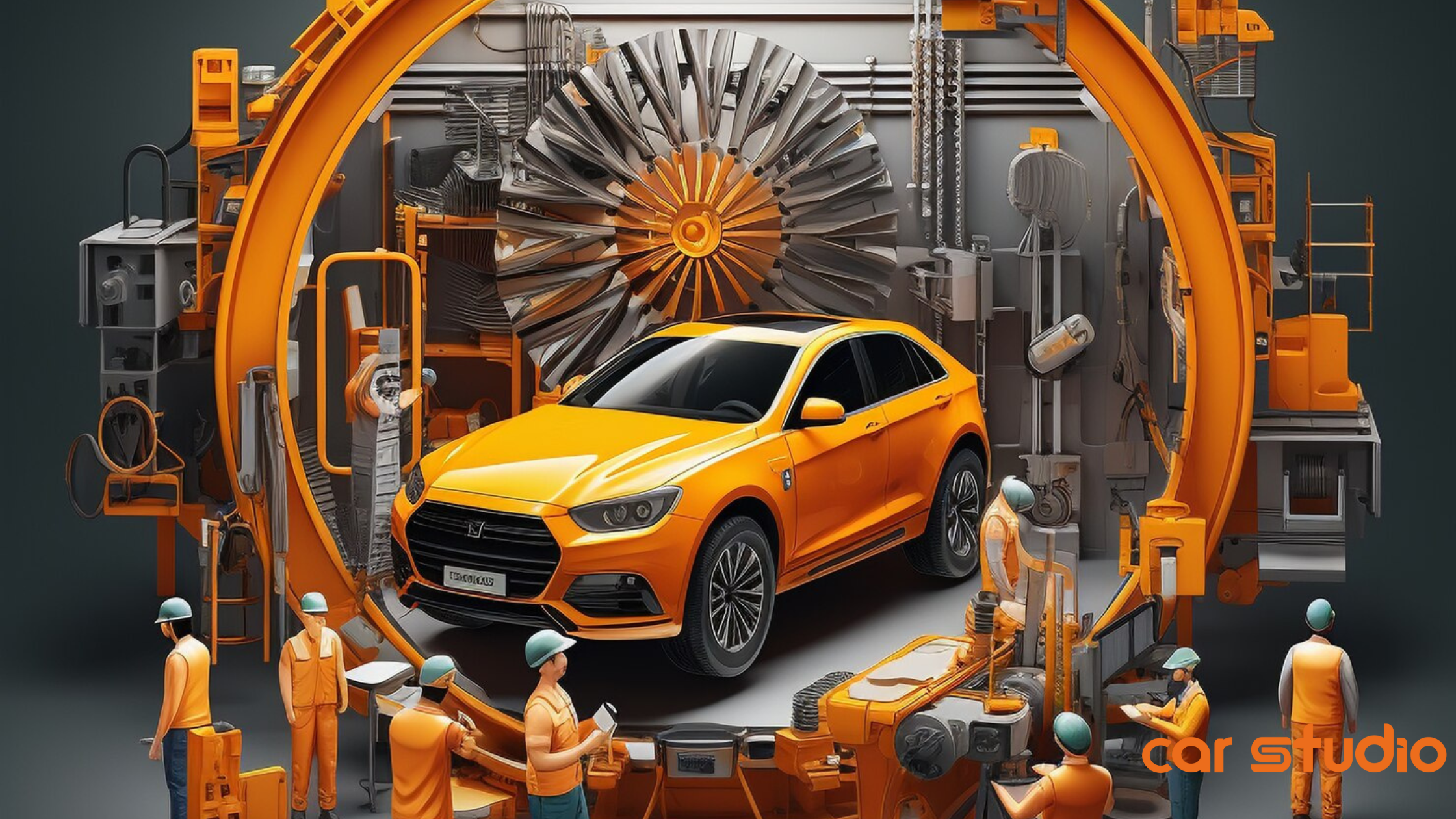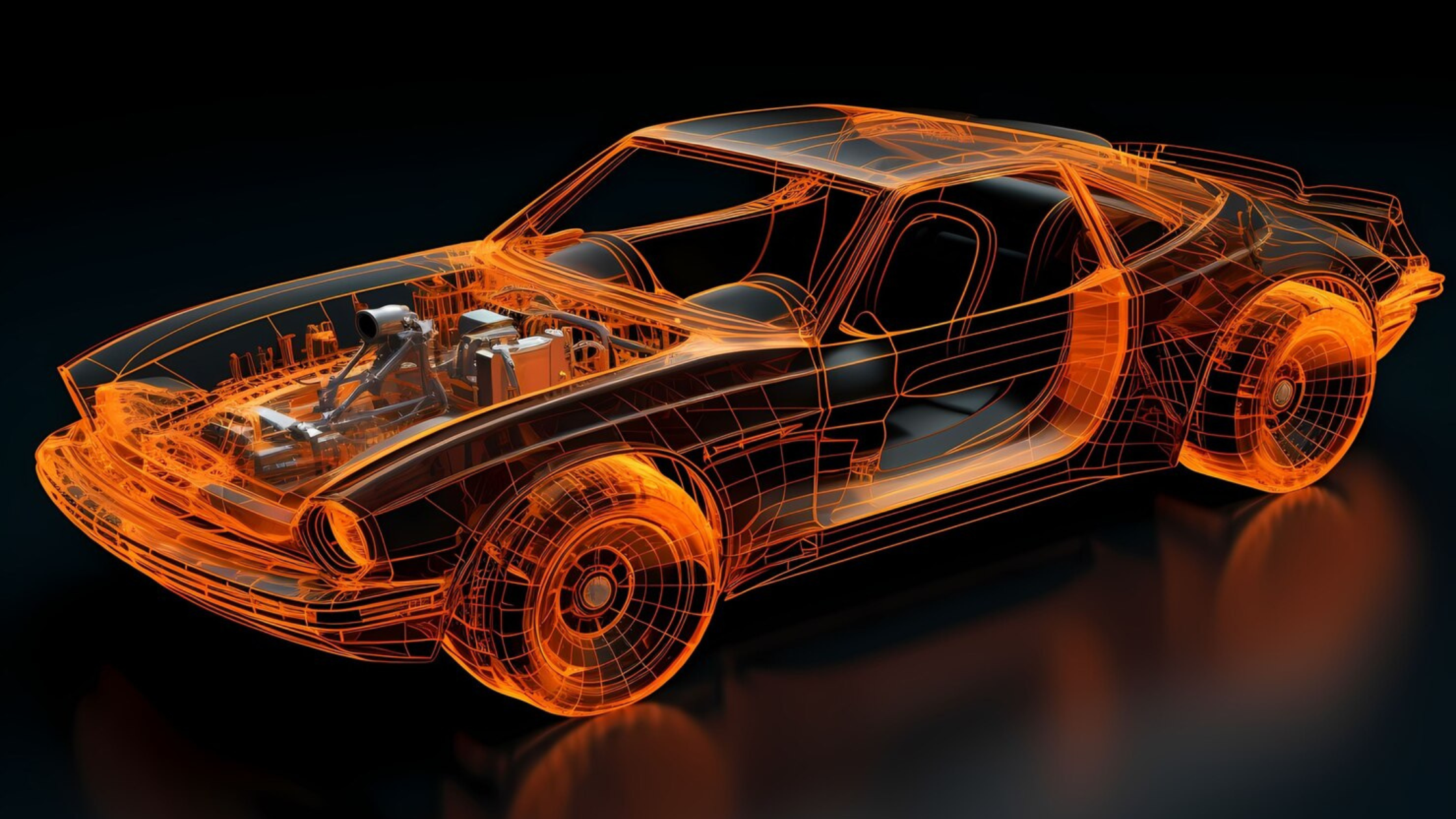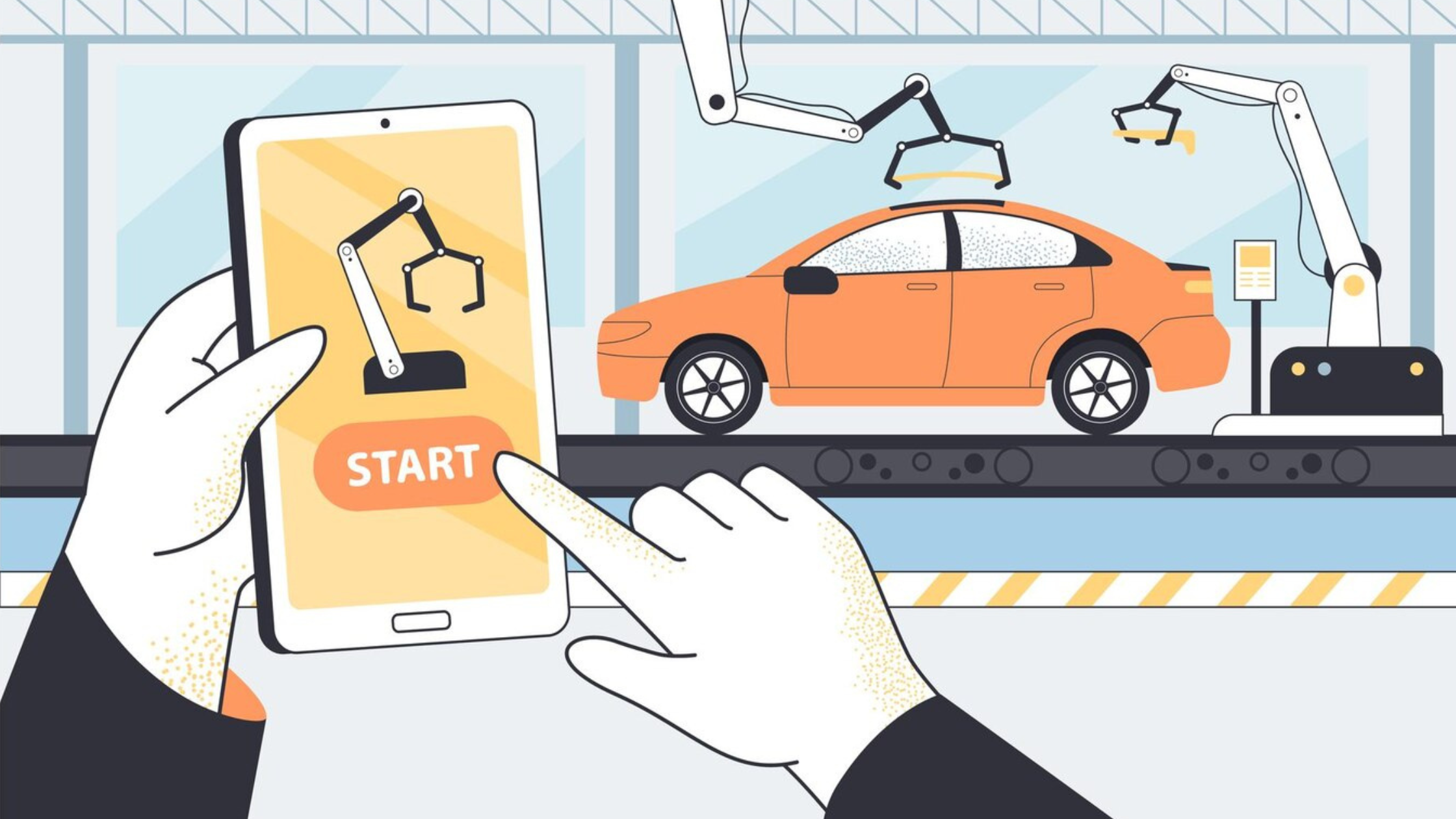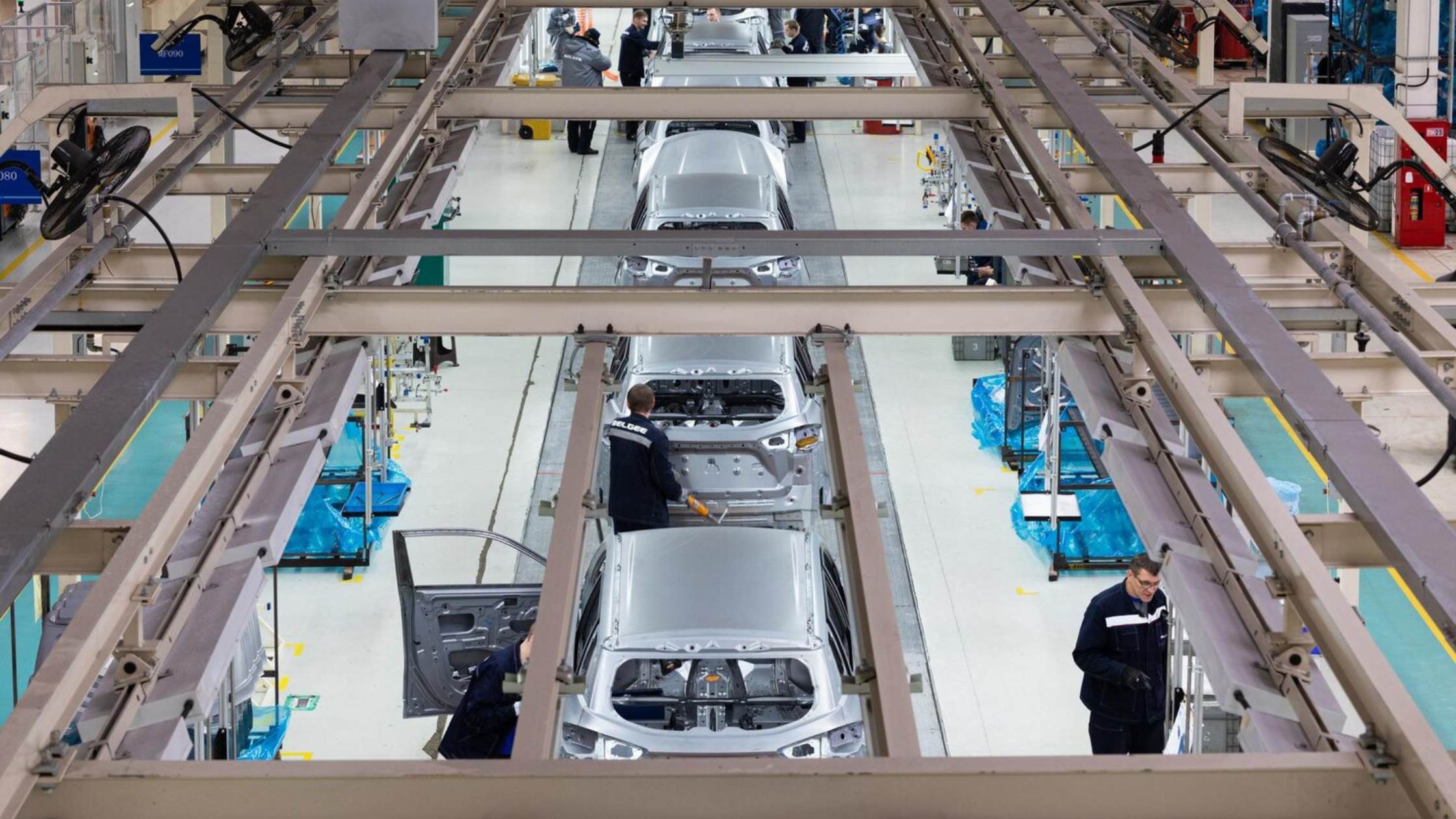
OEM Visual Branding: Using AI-Enhanced Car Images at Scale
OEM Visual Branding: Using AI-Enhanced Car Images at Scale
In the fiercely competitive automotive industry, standing out is not just an option it’s a necessity. For Original Equipment Manufacturers (OEMs) and dealerships, the ability to showcase vehicles through high-quality, consistent visuals can be the difference between a sale and a missed opportunity.
This is where AI car images come into play, offering a scalable, efficient solution to elevate online car listings and ensure visual consistency across every platform. By transforming the way vehicles are photographed, edited, and published, AI is redefining automotive marketing strategies worldwide.
Introduction: The Power of Visual First Impressions
Every customer journey begins with a glance. In the digital showroom, a buyer’s decision-making process starts with visual marketing. If the first impression is blurred, inconsistent, or untrustworthy, the customer scrolls away.
But when photos look polished, authentic, and brand-aligned, click-through rates (CTR) can rise by up to 40%. That translates directly into higher lead actions, fewer bounces, and faster sales cycles.
Platforms like Car Studio AI have reimagined the role of imagery, helping dealerships and OEMs maintain brand standards at scale while also reducing costs and manual editing time.
Why AI-Enhanced Images Matter in Automotive Sales

Buyer Psychology: Trust Through Detail
A buyer can’t touch, smell, or test-drive a car online. Instead, they zoom in on photos: wheel rims for scratches, seat bolsters for wear, dashboard screens for functionality. High-quality visuals give them confidence that they’re not being misled.
Brand Consistency: Everywhere, Always
Maintaining OEM branding across hundreds of rooftops and global marketplaces is a major challenge. AI makes it seamless, applying car photo editor rules to every listing: shadow addition, background removal, and logo integration. This ensures that each car reflects the automotive brand consistently, reinforcing recognition and trust.
Speed & Efficiency: From Days to Minutes
With AI, thousands of photos can be enhanced daily, ensuring auto photo studio quality without bottlenecks. For big launches or campaigns promoting best-selling cars, this speed can make or break a sales cycle.
Features Built for Automotive Visual Consistency

These features create High-Quality Visuals that meet both buyer expectations and corporate compliance needs.
The Workflow: From Camera to Digital Showroom
By integrating insights from the Ultimate Auto Inspection Guide for 2025, inspection-focused imagery can also be embedded covering wear points like tires, brakes, and upholstery building transparency into the listing itself.
A Personal Perspective: Inside the Car Photo Studio
Here’s where I step into the story. Having worked alongside dealerships for years, I’ve seen first-hand how “just a picture” can become the deal maker.
When these are messy or inconsistent, buyers hesitate. But when powered by AI like in an online car editor that enforces framing rules you get visual detailing that feels uniform, trustworthy, and still authentic.
This is what separates a casual “car photo” from a carefully orchestrated car photo studio idea that aligns with your marketing for dealerships and accelerates sales.

Real-World Results
These numbers prove that AI for used car sales and AI for car dealerships is not a gimmick it’s a sales lever.
Conclusion
In today’s digital-first automotive industry, visuals are no longer a side concern they are the frontline of car dealership marketing strategies. With AI, OEMs and dealers can finally achieve visual consistency, cut costs, and speed up sales while building trust through authenticity.
To see how this works in practice, explore the Car Studio AI platform and align your process with the proven workflows outlined in the Ultimate Auto Inspection Guide for 2025.
Frequently Asked Questions
1. How does AI ensure the quality of each image?
Our AI does not just apply generic filters it follows a structured workflow designed specifically for automotive imagery. Each image is analyzed for brightness, sharpness, contrast, reflections, and alignment. The system automatically corrects underexposed areas, balances color tones to reflect the true paint finish, and sharpens details without over-editing. Beyond simple adjustments, the AI enforces brand rules like consistent shadow depth, uniform cropping, and precise logo placement. If it detects flaws such as motion blur, glare, or missing angles, it flags them before publication. This means every image leaving the pipeline is both visually appealing and fully aligned with OEM visual branding standards.
2. Can AI handle different vehicle models and colors effectively?
Yes. The platform has been trained on a vast dataset of vehicles across body types, trims, and colors allowing it to adapt intelligently to differences. For example, it can enhance a glossy black sedan without making it look flat, while also highlighting the subtle metallic flake in a silver SUV. It recognizes trim-specific details, such as AMG or M Sport body kits, and ensures these features are preserved. AI also respects differences in vehicle size and proportion, so whether the car is a compact hatchback, a large pickup, or one of the industry’s best-selling cars, the output remains accurate and consistent. This flexibility is especially valuable for dealership groups representing multiple brands, where visual consistency across varied inventories is critical.
3. What is the turnaround time for processing images with AI?
The system is built for speed as well as precision. Under normal workflows, thousands of images can be processed in a single day. For example, a regional dealer network can upload a full week’s inventory in the morning and have studio-quality images live by the afternoon. Even during peak demand such as new model launches or seasonal promotions the platform scales automatically without sacrificing detail. Complexity does play a role: advanced edits such as background replacement, shadow addition, and logo overlays may take slightly longer than simple corrections, but the overall speed still far exceeds traditional manual editing. Faster turnaround not only saves staff time but also speeds up sales by ensuring vehicles are published online while buyer interest is fresh.
4. Is there a limit to how many images can be enhanced at once?
There is effectively no limit. The platform is designed to scale with demand, from a single dealership handling a few dozen cars a week to a global OEM managing tens of thousands of images for multiple markets. This scalability is especially useful for automotive marketing campaigns, where large volumes of vehicles need to be listed or refreshed simultaneously. Whether you are preparing a monthly stock update, running a national promotion, or showcasing a special “AI car show” style event, the AI can handle the load. By automating repetitive tasks, it ensures that even at the highest volumes, image quality and brand consistency remain intact.
5. How does this technology integrate with existing dealership management systems?
Integration is seamless. Car Studio AI is designed to connect directly with most dealership management systems (DMS) and digital asset managers. Images can be uploaded via API, SFTP, or direct platform connection, then automatically pushed back into your inventory feeds once processed. This eliminates the need for manual uploads and file transfers. For dealerships using marketplaces or third-party platforms, the AI also generates optimized export formats to meet each site’s specifications, ensuring every image looks its best wherever it’s displayed. The result is a fully automated pipeline: from camera capture to digital showroom publication, with minimal human intervention. This smooth integration reduces administrative workload and ensures that your automotive brand is represented consistently across every channel, every time.
